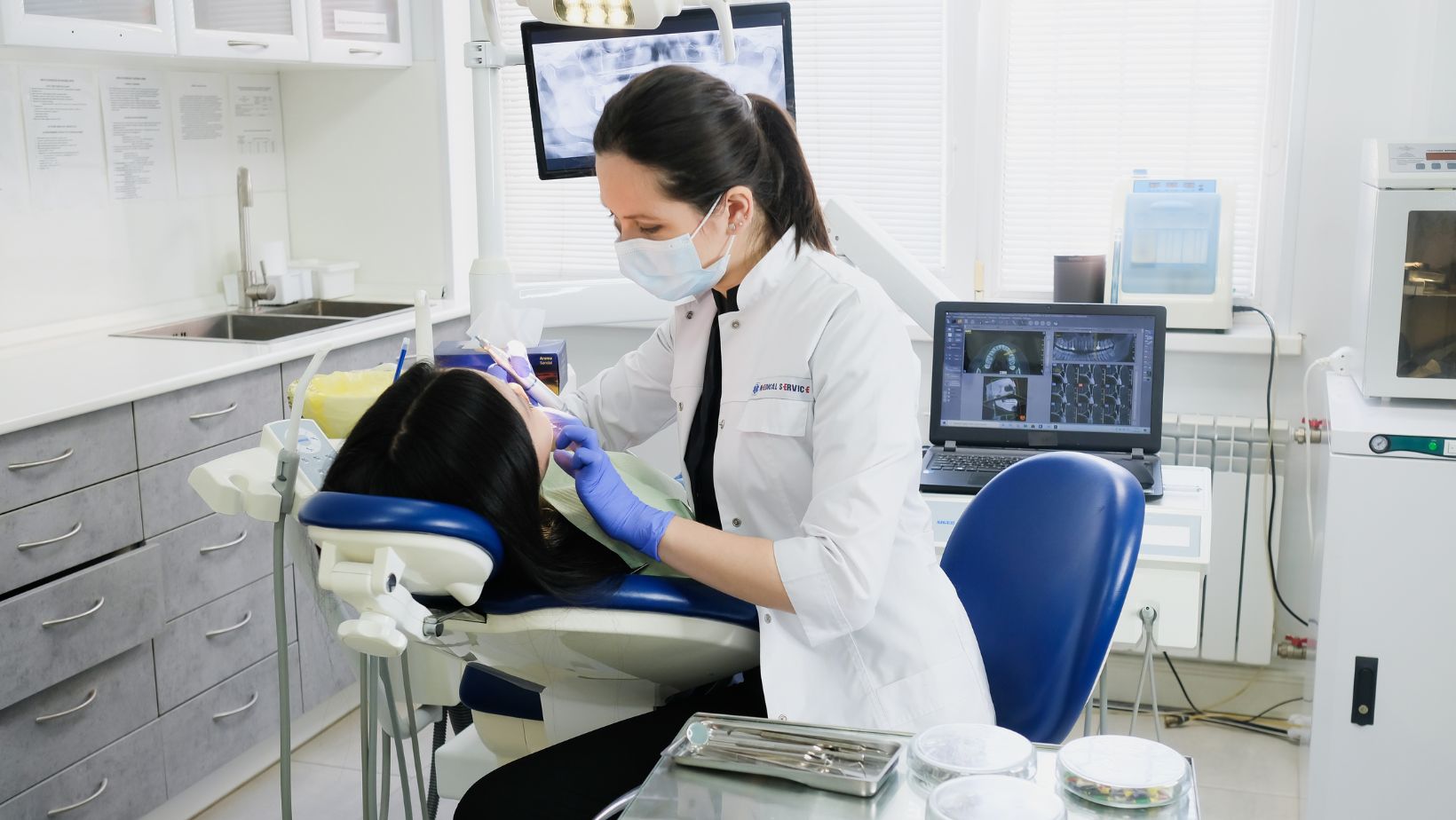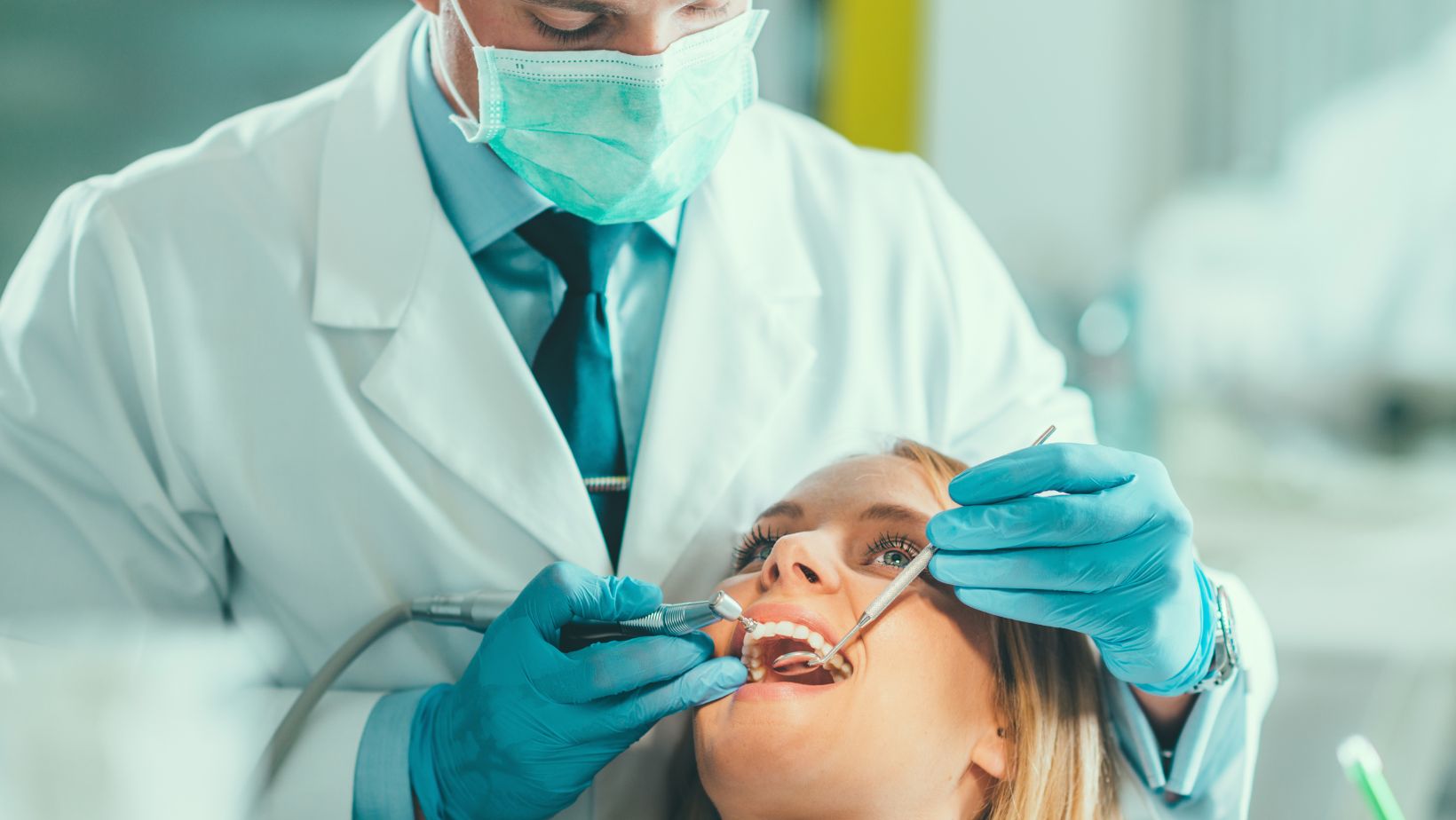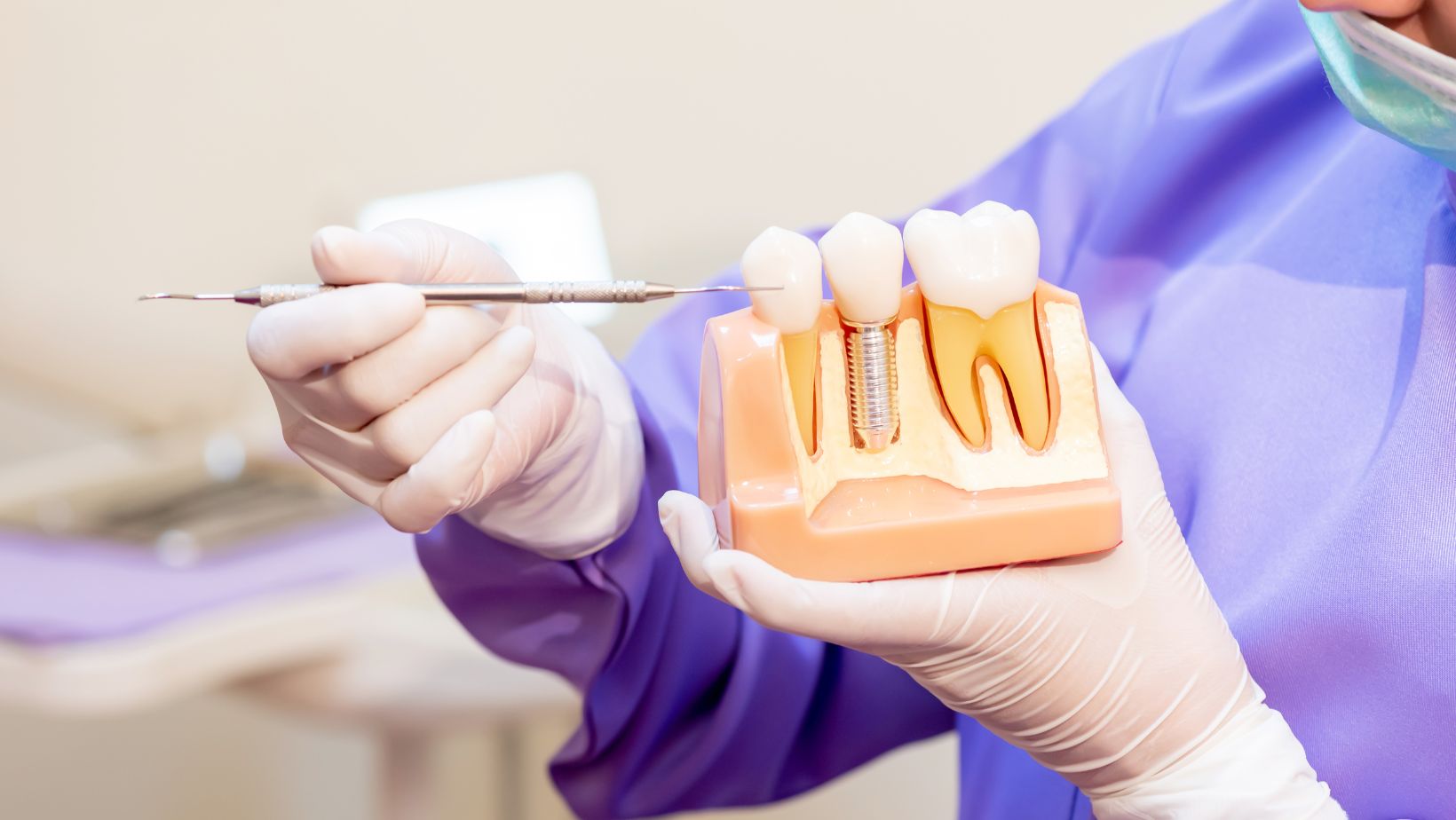Modern dentistry provides cutting-edge treatment options that are more efficient and less invasive than traditional techniques, including digital imaging and dental implants, which offer more comfortable experiences to the patient.
These technologies also reduce complications and ensure more successful outcomes for patients, with some notable advancements such as digital X-rays being faster and using significantly less radiation; intraoral cameras which display real-time images from inside your mouth; and 3D printing technology which creates custom dental appliances precisely.
Table of Contents
ToggleDigital Imaging
Dental technology has rapidly advanced over time, and digital imaging is one of the key contributors. It helps us diagnose and treat dental conditions more efficiently while streamlining cosmetic enhancement plans like veneers or crowns.
Digital imaging involves converting an analog radiographic image into an electronic representation on screen, by sampling various voltage values and then converting them to bits that represent gray shades on screen.
Patients benefit from reduced radiation exposure and added convenience with digital images that are instantly available for viewing. Additionally, digital imaging also streamlines workflow in dental clinics by eliminating film development requirements and shortening thumbing through files; digital images may be easily shared among specialists or insurance companies.
Biocompatible Materials
An outdated dental practice runs the risk of alienating its customers and losing patients, so staying abreast of innovations and developments is vital for long-term success. Staying up-to-date improves diagnostic accuracy and treatment results while saving both time and money in the process.
Dental practices that utilize biocompatible materials into their treatments provide patients with numerous advantages. These materials are tooth-colored and safer than the more traditional amalgam (silver) fillings or metal implants which may lead to allergic reactions or metal poisoning.
Dental bonding uses non-toxic resin that can be tailored to match the color and hue of a patient’s tooth enamel, quickly covering any chips, gaps, or stains in one visit and eliminating discomfort for patients.
Minimally Invasive Techniques
Many patients worry about experiencing pain and discomfort during dental procedures, but modern dentistry provides tools and techniques to make treatments more efficient and comfortable.

Minimally invasive techniques offer one solution, as they cause minimal tissue damage during treatment and therefore improve both recovery time and aesthetic appearance of restored teeth.
Other advancements include CAD/CAM technology, which enables dentists to design and manufacture crowns and veneers with pinpoint accuracy. Digital impressions eliminate the need for messy dental molds while intraoral cameras provide clear images of hard-to-reach spots in the mouth.
Laser technology enables dentists to perform soft tissue surgery and tooth extractions with precise cutting action that minimizes pain and swelling, and patients can even opt for laser teeth whitening which provides greater comfort and faster results than traditional methods.
Digital Smile Design
Digital Smile Design (DSD) is an approach that integrates aesthetic goals and dental structure to craft an individualized treatment plan for the patient. This step-by-step process includes mock-up simulations and requires them to take an active part in its design.
At an initial consultation, dentists in Bradford gain extensive information about a patient’s oral health and facial aesthetics through thorough examination. This data is then fed into specialized software to create an ideal smile map.

At this step, the dentist uses digital mock-ups of planned changes on original photographs to help their patients visualize the proposed alterations and determine if they’re ready to proceed with them. Patients can suggest modifications digitally via this model – an effective way of conveying preferences to their dentist.
All-on-4 Dental Implant System
In contrast to conventional implant methods that replace one tooth at a time, All-on-4 replaces an entire arch of missing teeth quickly and seamlessly using resin false gums, ceramic or porcelain teeth and surgically placed dental implants.
All-on-4 implants are strategically positioned in the front portion of your jawbone where there is more density, eliminating costly bone grafting procedures and increasing stability for longer lifespan and lower maintenance costs in the long term.
Candidates for All-on-4 implant procedures typically lack most or all their teeth in either their upper or lower jaw and have healthy gums free from active oral health issues. Furthermore, they should commit to practicing daily oral hygiene to ensure both success and longevity for their replacement teeth.





